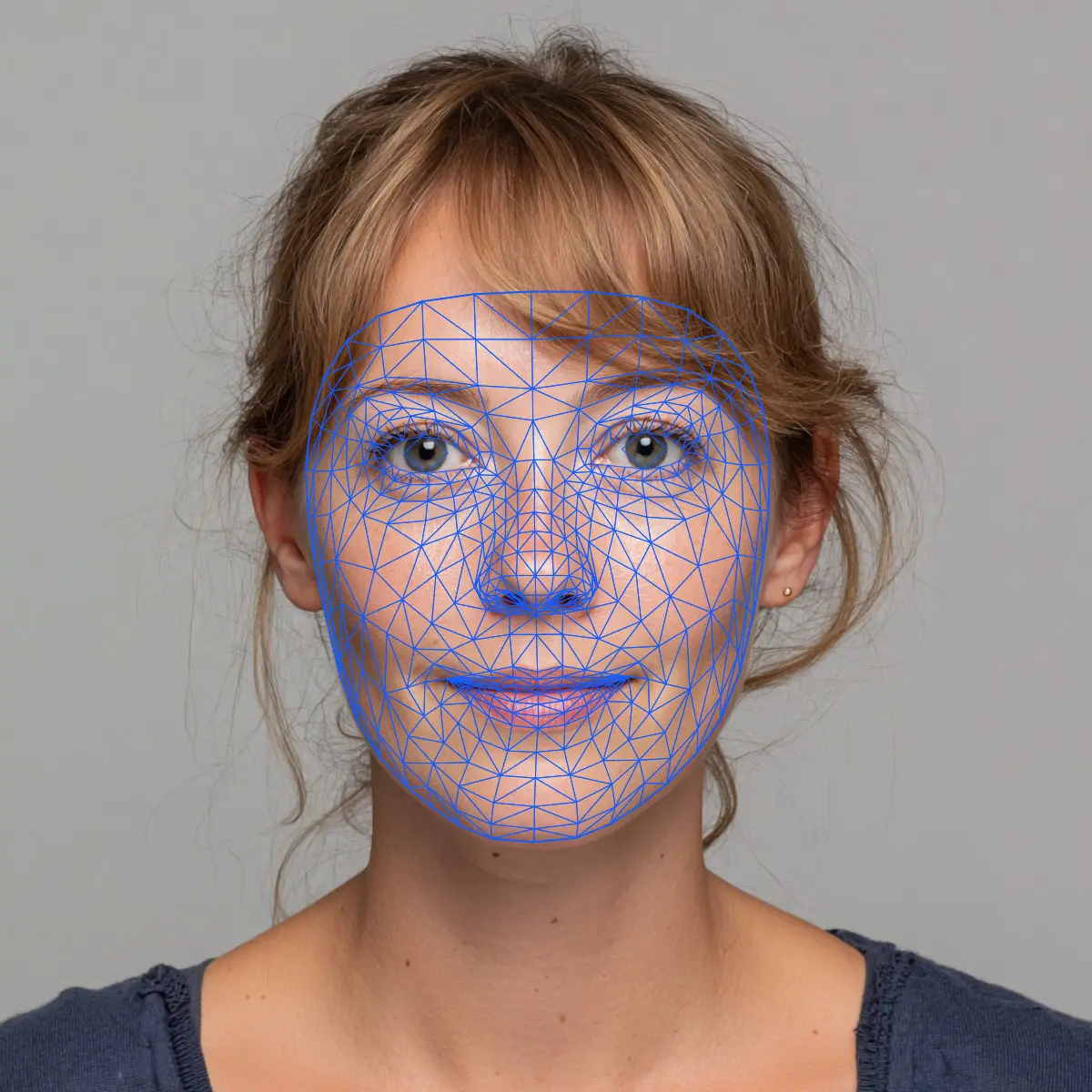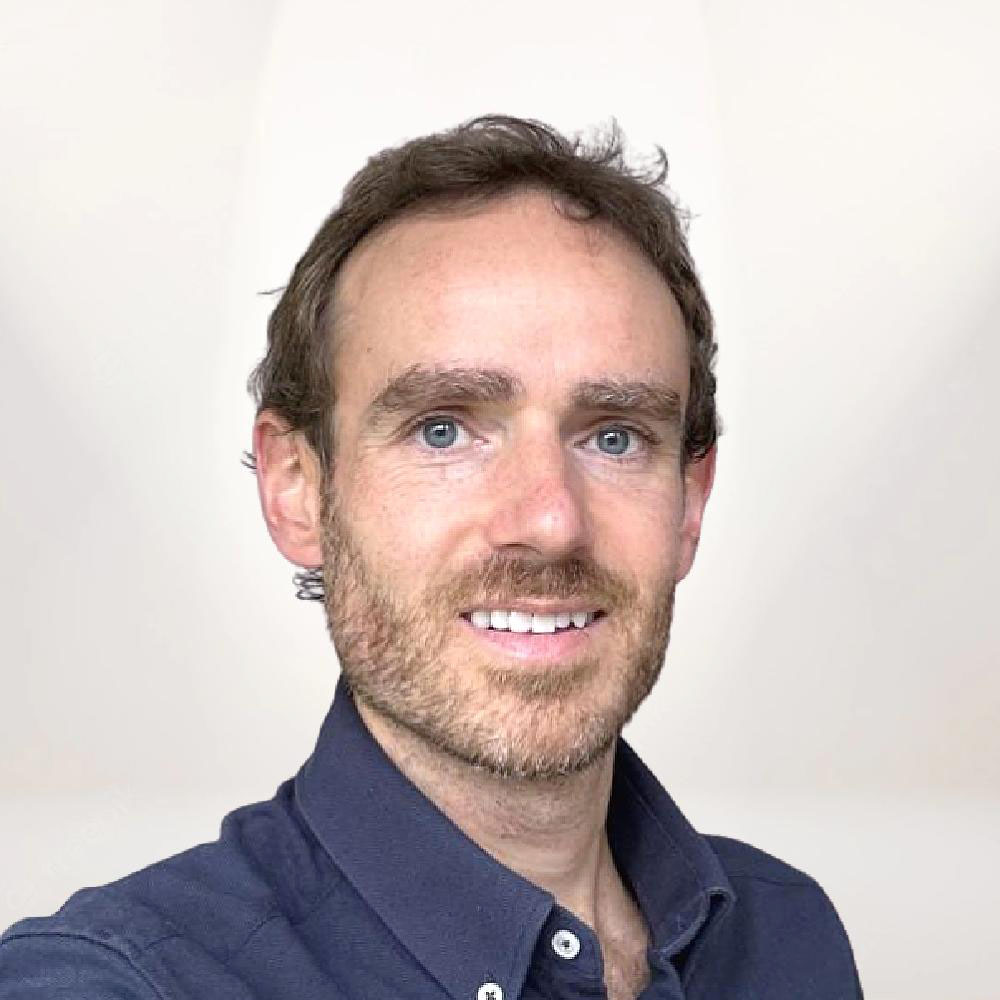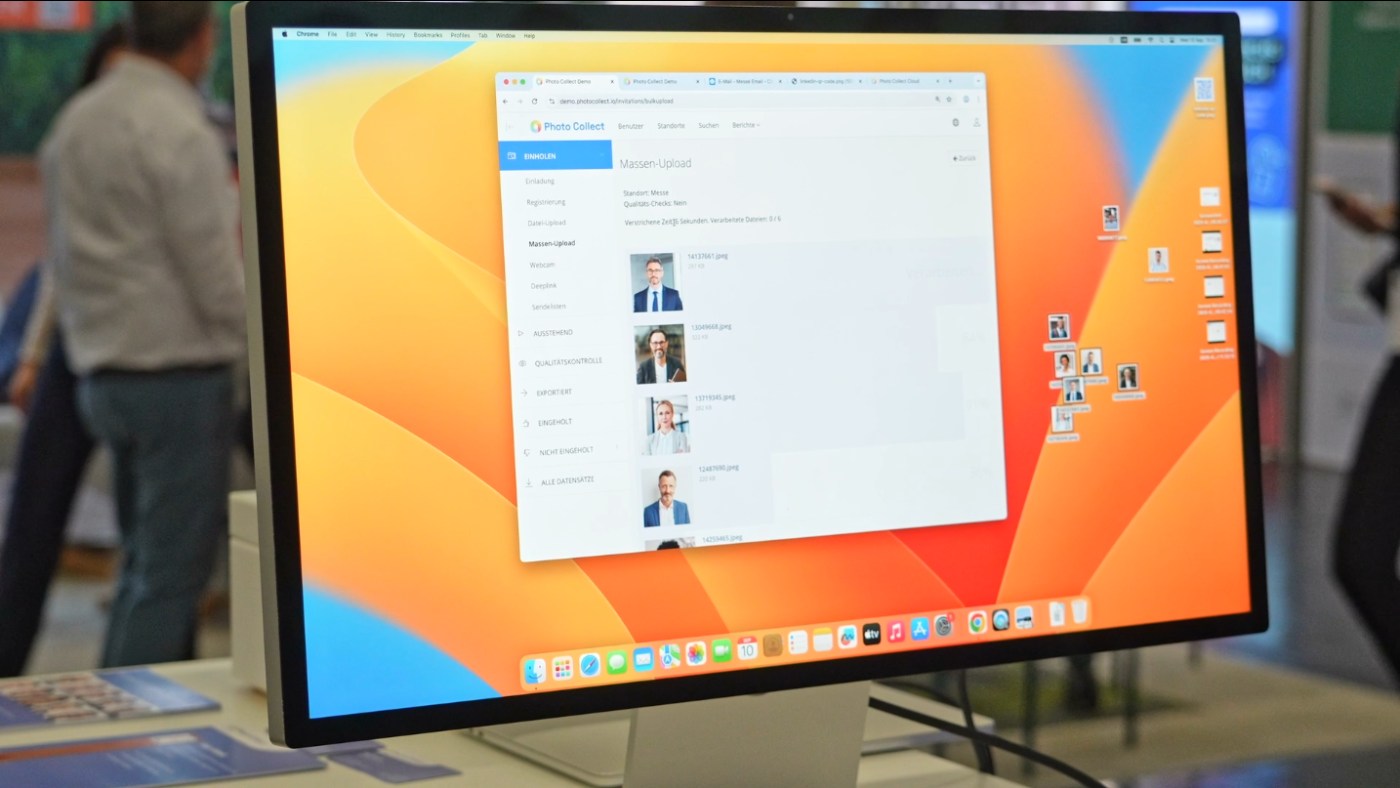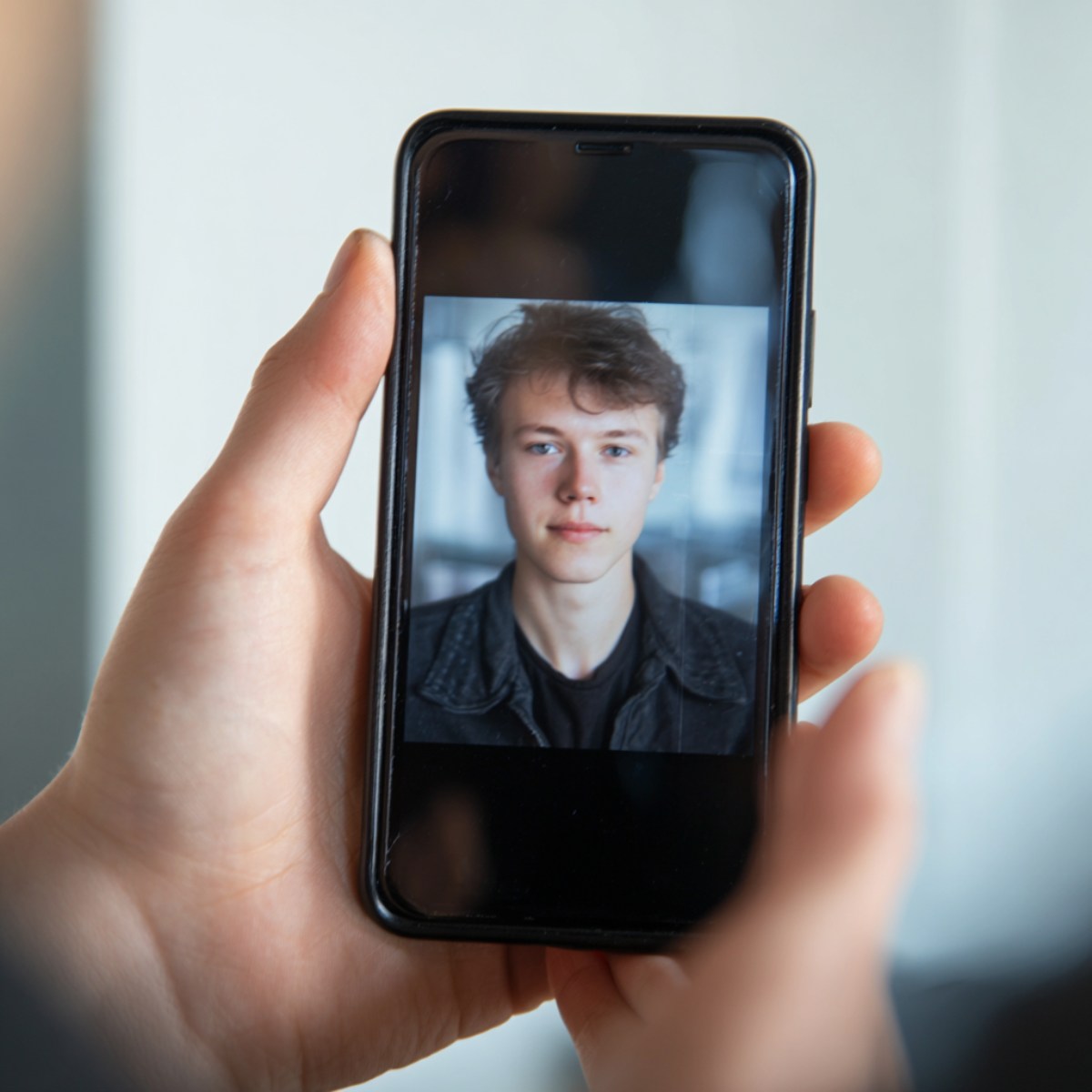Technology
Top 3 automatically detected image errors

First, let's look at the key data: The photo of 7.5% of people is automatically rejected. Three-quarters of these people then submit an accepted photo on their second attempt, 17% need a third and 9% a fourth attempt.
On the fourth attempt, the AI is skipped and the image is accepted in any case. In this way, it can be ruled out that physically impaired persons are denied the upload by the AI. If the photo quality is insufficient, the employee photo can still be rejected during manual quality control.
The total number of successful photo uploads, on the other hand, is only insignificantly reduced by the First Gate Checks: 99.4% of all people manage to submit a photo accepted by the AI.
Reasons for rejection
Rank 1: With almost 42%, the edge distance is the most frequent reason for rejection. This is classified as insufficient for a total of 3% of uploads. If the distance to the edge is too small, the image cannot be cropped nicely and gaps appear, usually below the chin or due to cut-off hairstyles. This problem often occurs with existing passport photos. Photo Collect defines a "Safety Zone" around the face, which must be filled with image content in any case.

Rank 2: A face with too low a resolution is objected to in 21% of rejections and 1.6% of all uploads. Photo Collect not only looks at the resolution of the submitted photo, but also at the number of pixels in the relevant facial area. According to the ICAO standard, there must be at least 100 pixels horizontally between the pupils. This error occurs if the resolution of the images is too low from the outset (which is often the case with old image files), or if the person in the image is taken from too far away.

Rank 3: An incorrect head position is the trigger for 19% of rejections and occurs in 1.4% of all uploads. Here, Photo Collect distinguishes between the frequently occurring looking away to the left/right (“yaw”, 85%) and the shot from the frog's/bird's eye view (“pitch”, 15%). The rotation of the head is automatically corrected by Photo Collect and therefore does not appear in this statistic.

Interesting: Pictures with hygiene masks were widespread in 2021 - from mid-2022 we hardly find any such uploads. Group pictures with more than one person are extremely rare, they only occur in 0.09% of all uploads.
Conclusion
The quality checks have proven to be an effective and inexpensive means of filtering out obviously bad photos and avoiding subsequent rejection in manual quality control. Since the photo is automatically rejected at least once for 7.5% of people, we assume that the quality checks can reduce the rejection rate in manual quality control by around a third (5 out of 15 percentage points).
Data used
The data originates from various Photo Collect instances from spring 2023. The analysis is based on approximately 23,000 photos.











